Kilij Sword: The One-Slash Kill Turkish Sword
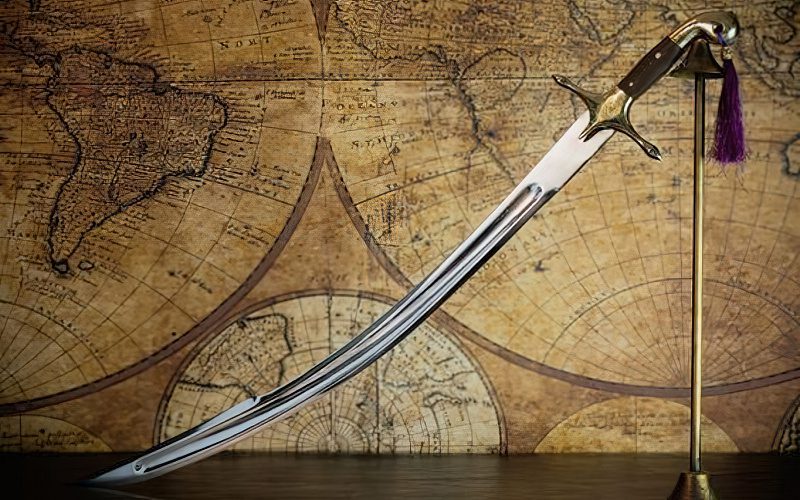
What’s in this article?
The famous Turkish sword that is very recognizable thanks to its curved, widened tip is called the Kilij sword. It is a single-edged weapon that was in use throughout the Ottoman Empire. It even went on to influence a lot of neighboring countries in Europe, Africa, and Asia too.
In this article, we shall explore the Kilij sword and discuss everything you need to know about it. We will start out with the different types of Kilij and the many unique characteristics it has. Then we will explain its uses. Finally, we will conclude with its history and how it compares to other Scimitar swords.
Types of Kilij Swords
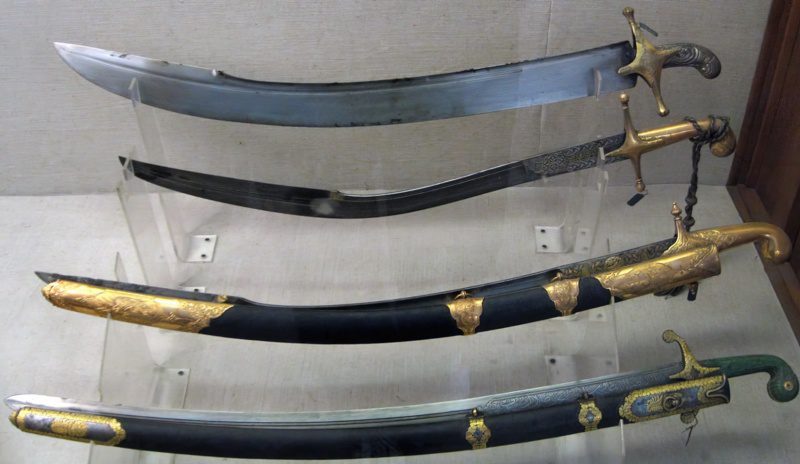
Although there is no specific grouping or nomenclature of the different styles of Kilij, it’s important to acknowledge all the different varieties of Kilij. Here are three versions of Kilij that are very different from each other.
Kilij Sword
This is the regular type of Kilij sword that was most commonly used throughout the history of Turkish tribes and the Ottoman Empire. We shall discuss it in further detail later in this article.
Pala
The Pala is the latest evolution that the Kilij has undergone and is considered to be the most modern. The blade was shortened by a significant amount, making the Pala the shorter of the Kilij swords. Although shortened in length, the widened tip was made even broader than before.
The widened tip gave the Pala even greater slashing abilities when compared to the standard Kilij. It even gave it a slashing advantage over the widely used and famous Persian Shamshir sword.
Gaddare
When compared to other Turkish sword types, in particular, the Kilij, the Gaddare has the heaviest weight. This sword was so hefty and heavy that it had to be placed on the shoulder while walking, much in the same way that rifles are carried nowadays.
Because of its weight, it had to be held with both hands. This limited its effectiveness but increased the deadliness.
Characteristics of the Kilij Sword
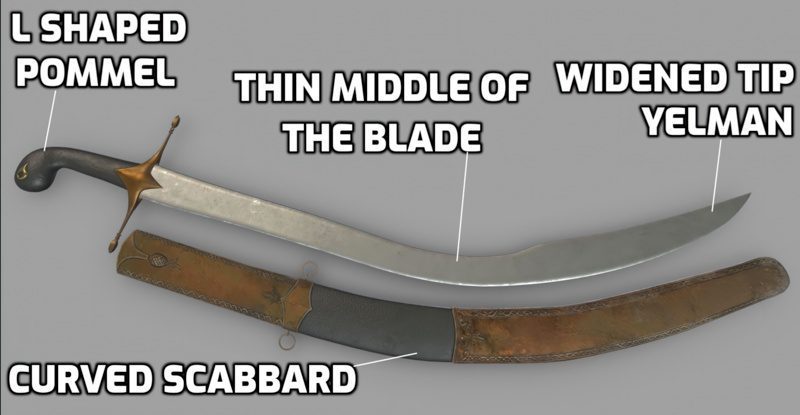
The Kilij is one of the easiest swords to distinguish, possibly the easiest in the world to distinguish thanks to its distinct widened tip and curve. It is a single-edged blade that begins curving and widening at the center of the blade till the tip.
Blade
The most distinct characteristic that makes the Kilij sword a one-of-a-kind weapon is its blade. It starts out as a straight blade at the neck or ricasso, then it gradually curves into the thinnest section in the middle of it, only to widen and curve strongly towards the very tip of the blade.
The Kilij blade is usually made out of high-carbon and stainless steel. It was very deadly when used for slashing attacks because of its T-section style, which offers strength and rigidity while minimizing the overall weight. Sometimes it could be made from the ever-popular Damascus steel too.
The usual blade length for the Kilij sword is around 23 to 35 inches (60 to 90 cm), but there are also some that can be found to be smaller than this length range too.
Widened Tip – Yelman
The tip of the Kilij is called yelman or yalman. The yelman is what differentiates it from all the other scimitars and what gives the Kilij an extra edge when used for both slashing and thrusting strikes.
The width of the yelman is around 2.5 inches (6 cm) wide, which is generally the widest point of the sword. This blade’s tip can vary depending on the type of Kilij, but it almost always ended in a heavy tip to give the sword increased power.
Guard
The Kilij has a crucifix-style guard that is usually in a diamond shape in the middle with two quillons that stick out from each side. Some quillons are curved and twisted toward the blade.
No matter what the shape of the guard is, it offers great protection for the hand of the user from incoming strikes. A lot of the time, if the Kilij was the property of the high nobility, the guard would be decorated with rare metals as well as with some Koranic inscriptions as well.
Handle
The handle of this sword is straight for the most part, but it curves at the very pommel. It can be made from different types of materials and colors. It’s also not uncommon for a lot of decorations to be added to it. Most of the time, the handle is straight and smooth, while some are made with wavy indentations for the fingers.
The most usual handle length for the Turkish Kilij sword is around 3-4 inches long (7-10 cm. This, of course, can be different depending on whether it is a short sword or longsword Kilij, but either variety will have an L-shaped pommel.
Pommel
The Kilij has an L-shaped pommel which is a traditional pommel of the Turkish steppe nomadic tribes from Asia, conventionally known as the wolf handle. This pommel offers a very stable grip and ensures the sword won’t fly away when used from a mounted position.
Sometimes the Kilij can be seen with an opened-up hole at the circular form of the L-shaped pommel, which can be filled up with a cord loop that is connected to a quillon of the guard. Sometimes this hole is filled up with a tassel for decorative purposes too.
Scabbard
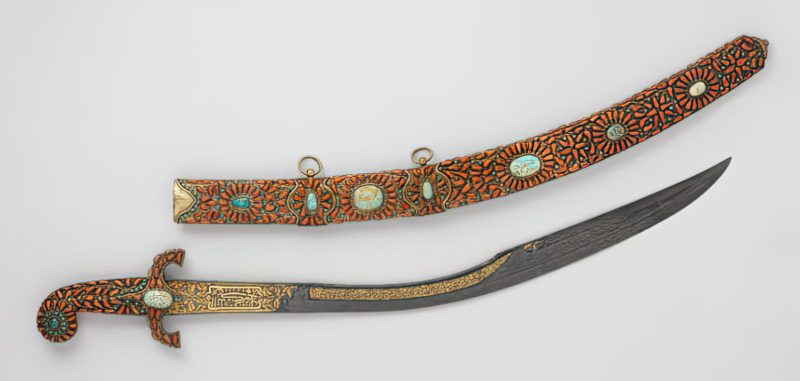
This Ottoman sword has a lot of interesting scabbards, which wasn’t uncommon for swords coming from this empire. Scabbards are often specifically designed for the user and owner of the Kilij sword. It can be made of wood, leather, or sometimes metal, completely covered with decorative gemstones or religious writings.
The scabbard is also made to be curved and slightly wider than the neck of the sword, primarily for the blade tip to be able to insert it all the way through.
Length & Size
The Kilij sword isn’t supposed to be long, as some would think, primarily because it was meant to be used as a mounted weapon that would be held in one hand.
The most common length and size for the Kilij are in the range of 27 to 33 inches (68 to 83 cm) but can sometimes go up to 43 inches (110 cm). The widest point of the sword is the tip, with a maximum width of 4 inches (10 cm).
Weight
Since the whole purpose of the Kilij was to cause devastating damage when used with slashing attacks, it had to be a heavy weapon. The added weight from the widened tip helped add weight and focused the power of the weapon into one spot.
The most common weight of the Kilij sword is from 2.4 to 4.4 lbs (1.1 to 2 kg). This weight depends also on the type of Kilij too.
Uses for the Kilij Sword
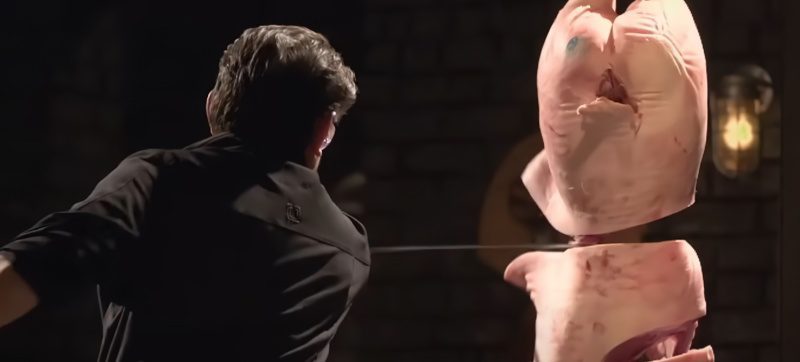
The widened tip of the Kilij meant that this sword could be used for thrusts along with superb slashing attacks. It can be used as a two-handed weapon, but it is primarily a one-handed-edged weapon.
Warfare
Kilij was a weapon that Turkic cavalrymen were very skilled with, in addition to lances and bows. They would use the velocity of the horses to add extra power to their blows, aiming for the head, neck, and face of the enemy as they rode toward it. It is very well known in history the power of the Kilij for multiple beheadings no matter whether it was in the 15th century or much later in the 19th century.
Ceremonial & Modern
The Turks are known for their expansion on three continents, and they would have definitely wanted to be seen as worthy warriors and occupiers. That is why their swords, like the Kilij, were highly decorated and ceremonial even in the 18th-century period of stagnation.
Even today, there are many instances where a battle-ready carbon steel Kilij is given as a gift during a ceremony.
Is it a Beginner Sword?
Although it is an awesome sword to use, the Kilij might not be the best starting weapon for a beginner. If anything, you would probably have a much better experience with the Turkish Yatagan, or Yataghan, sword.
The Ottoman Kilij is a curved sword, but because of the widened tip, it will feel very unorthodox and alien to use if you haven’t held a sword in your hands before. If you do decide to try one, make sure to have an experienced sword user beside you.
History of the Kilij Sword
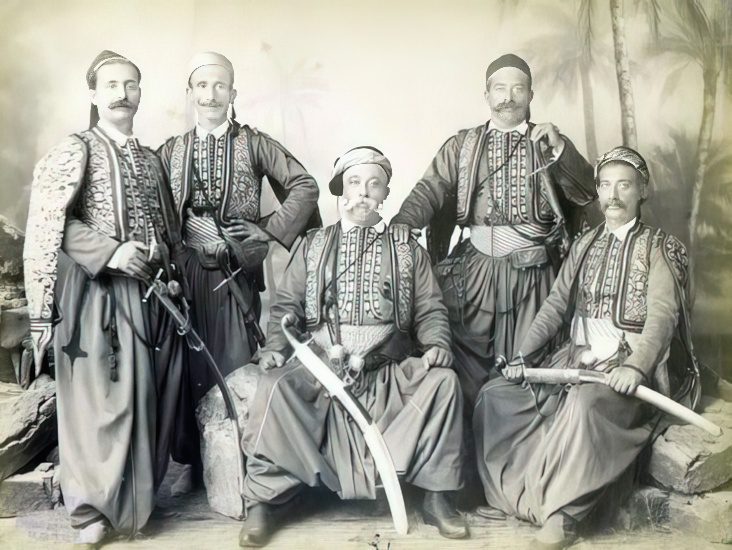
It is believed that the style of the Kilij with the broad tip comes as early as the 3rd century BC from the Gokturks in the Xiongnu era, which is an era dominated by early nomadic Turkic tribes in the Far East. These types of swords came to the Middle East as the Turkic tribes most westward.
The Ghilman mercenaries from the West probably introduced these types of curved, broadened swords to the Arabs, Persians, and such.
As the presence of the Turks was becoming more and more pronounced in these regions, especially with the coming of the Seljuks, the Kilij sword was becoming more dominant and more common in all sorts of armies until it became the main sword of the Ottoman empire.
Many different types of scimitars were inspired by the Kilij thanks to its devastating power and widespread use. The saber that we know today as a Kilij sword comes from the 15th century, with the earliest belonging to Khan Muhammed Uzbek.
Influence
As its influence spread in the Middle Eastern world, it spread to Europe as well. The biggest influence it had was in Hungary through the Polish saber – the Karabela. A lot of the sabres used by European militaries in the 17th, 18th, and 19th centuries owe their design to the Turkish Kilij.
In the Russian lands, it was most commonly attributed to Cossacks, and the Kilij was even approved to be used by the Russian emperor Nicholas II. Even Vlad the Impaler used it!
Kilij Vs. Other Scimitars
The main difference between a Kilij and other types of Scimitars would have to be the blade.

The Kilij has a distinct type of heavier blade that ends in a widened tip. Although this adds to the overall weight of the sword, it adds a deadlier element to it and the option to use it as a thrusting weapon too.
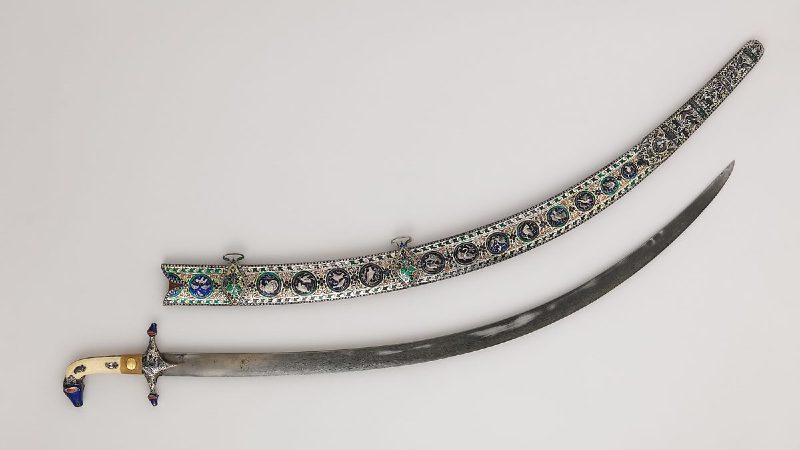
The rest of the Scimitars, for example, the Persian Shamshir, are more curved than the Kilij and have thinner blades. This means that the sword can be swung quicker, but it may not carry as much force behind it as a Kilij.
Conclusion
The Kilij sword today might be one of the most popular scimitars to have existed in history. Its strong presence and influence are attributed to the creation of many sabers used by Western militaries in wars during the 17th, 18th, and 19th centuries. It is a sword that every sword enthusiast and collector in the world would be happy to own. If you don’t want to own one, you will surely have a blast using one.




